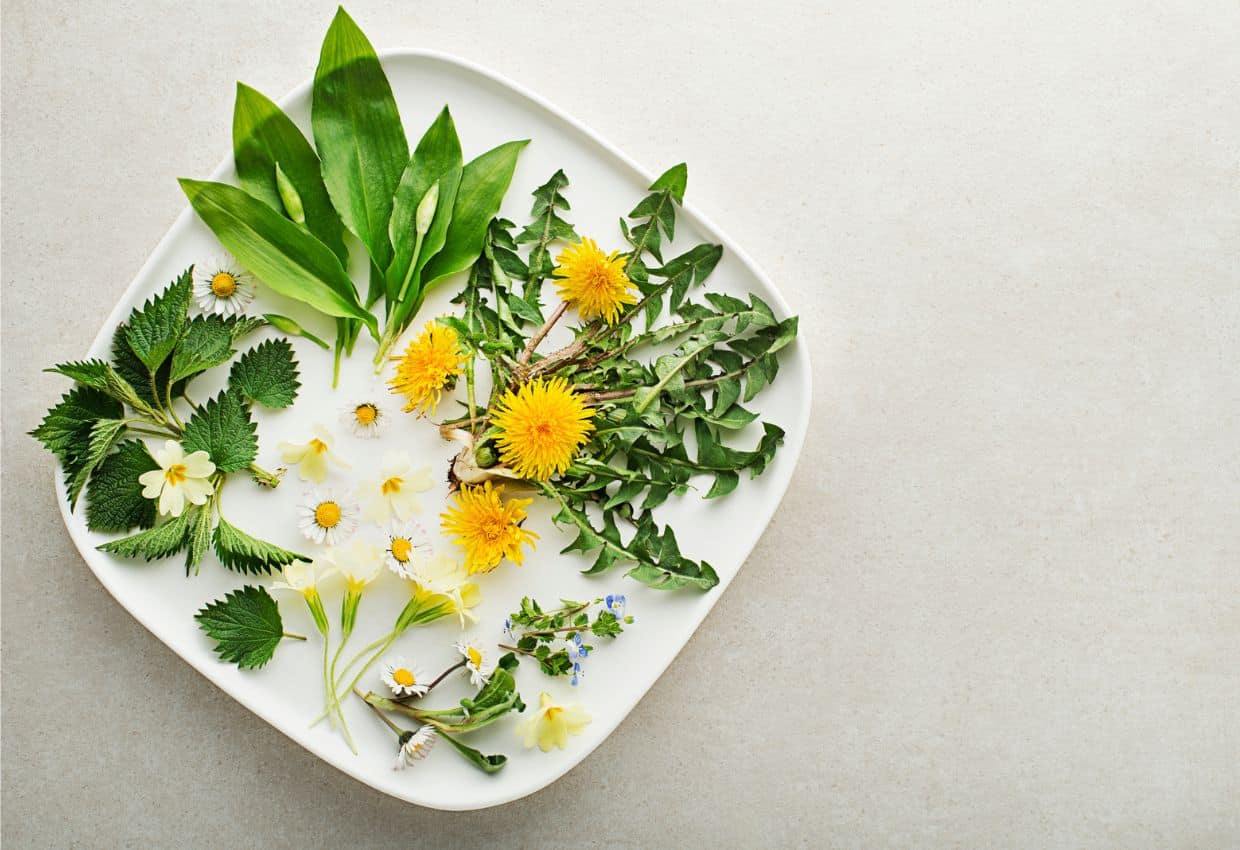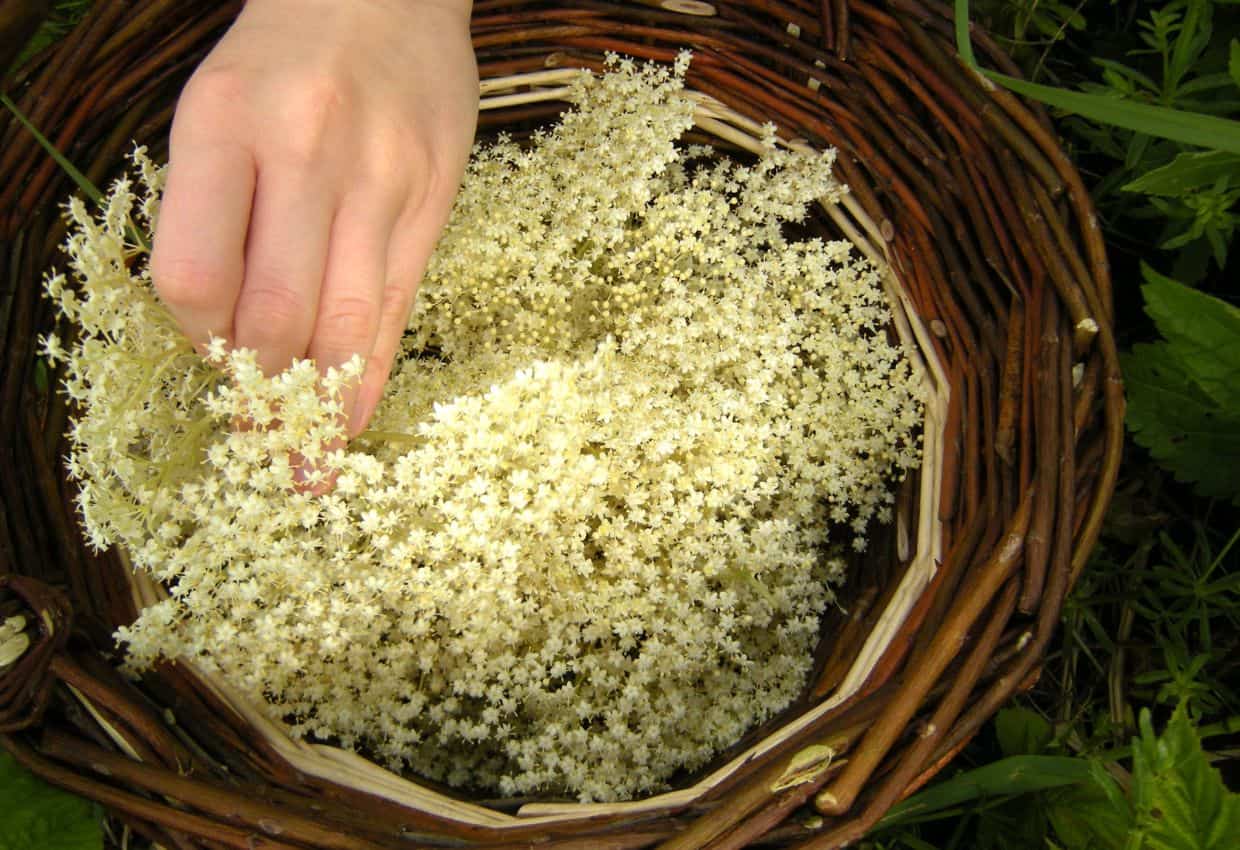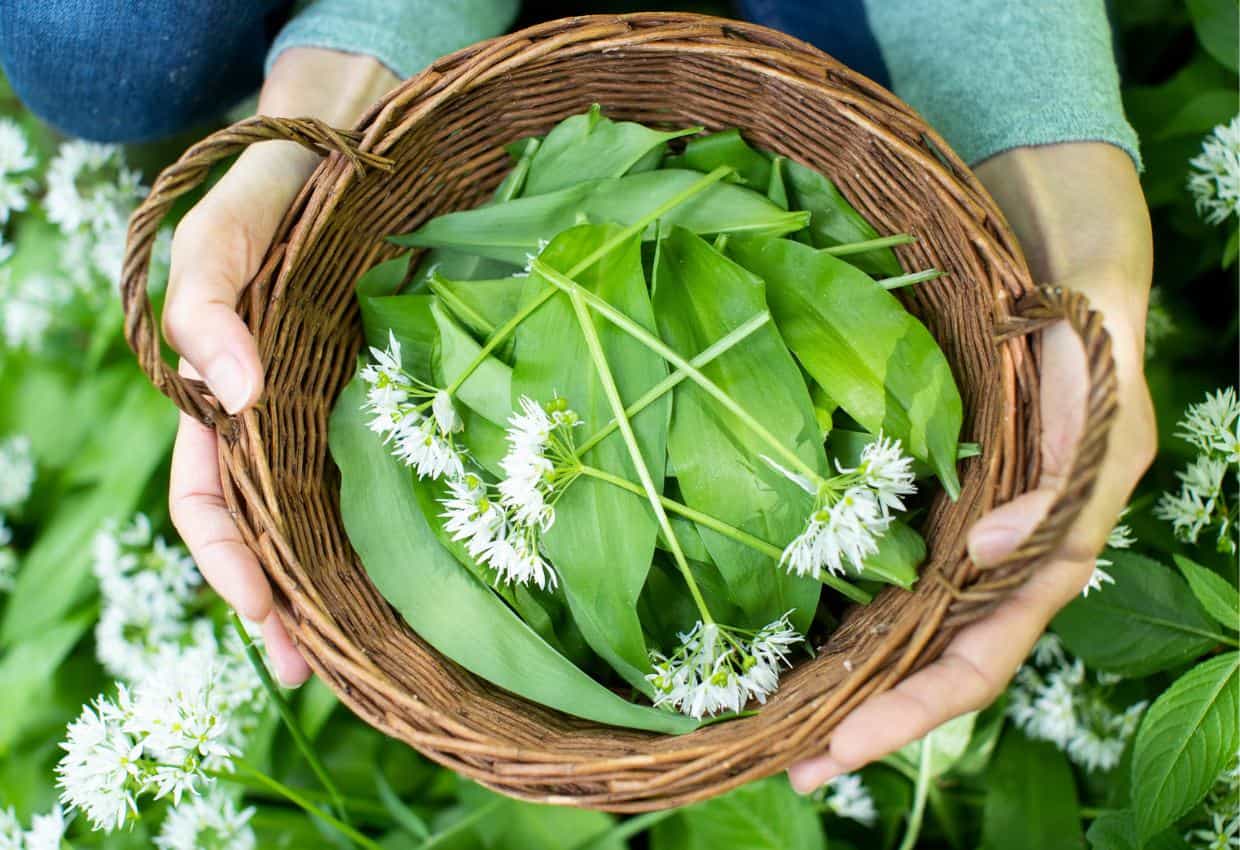Explore the art of flavorful foraging by learning about common edible plants, identification, culinary uses, plus poisonous plants to avoid.

Wild edible plants are a great way to add flavor, nutrition, and variety to your diet. Foraging for wild edible plants can also be a fun and educational activity, but it is essential to do so safely and responsibly. Ensure to correctly identify the plants before consuming them, and avoid areas that may have been contaminated with pollutants or pesticides. It is also important to only take what you need and to leave plenty for other animals and future generations.
With a little bit of knowledge and effort, you can enjoy a variety of delicious and nutritious foods straight from your own backyard or local environment.
Identifying edible plants
When identifying edible plants, it’s important to exercise caution and take the time to correctly identify each plant before consuming it. Here are some tips for identifying edible plants.
Consider the color
Many edible plants have distinct colors that can help with identification. For example, red berries such as strawberries are often safe to eat, while red mushrooms are often poisonous. Similarly, yellow flowers such as dandelions, are edible. In contrast, yellow berries such as the fruits of the buckthorn plant are toxic.
Location matters
Different regions have different edible plants, so it’s essential to familiarize yourself with the plants that grow in your area.
For example, miner’s lettuce, and prickly pear cactus, are common in the Western United States. Southeast Asia offers delights like lemongrass and pandan leaves. And marula fruit and buchu can be found in Southern Africa.
Learn plant identification
One of the most critical steps in identifying edible plants is learning to identify plants in general. Learning about leaf shapes, stem structures, and flower types is beneficial. Many resources for learning plant identification are available, including field guides and online resources.
By keeping these tips in mind, it’s possible to safely enjoy the many delicious wild edible plants that nature has to offer.
Foraging for edible plants
Foraging for edible plants is a rewarding activity; however, it’s crucial to approach foraging with caution and knowledge. Not all wild plants are safe to eat, and misidentification can have serious consequences.
Before heading out to forage, it’s important to learn about the plants that grow in your area. Many local nature centers offer guided foraging tours that can help you learn to identify edible plants. Investing in a field guide or smartphone app that can help you correctly identify plants in the wild is also a good idea.
While foraging, it’s essential to follow a few rules to ensure your safety and the sustainability of the ecosystem.
First, only harvest plants that you can identify as edible. Avoid harvesting plants that are rare or protected. Always leave plenty of plants behind to ensure their continued growth and reproduction.
It’s also vital to forage in areas free from contamination. Avoid foraging near roadsides, and industrial sites, that may have been treated with pesticides or herbicides. Toxic soil can infuse edible plants with harmful substances.
Some great edible plants that are easy to identify, and perfect for beginners include dandelion, chickweed, and purslane. These plants are often considered weeds but are incredibly nutritious and delicious.
With the right precautions, anyone can safely and responsibly forage for wild plants.

Common edible plants
Many edible plants are easy to find and can be used in a large variety of dishes. Here are some edible flowers, herbs, and berries that are perfect for use in cooking.
Edible flowers
Edible flowers can add both color and flavor to a dish. Some common edible flowers include:
- Roses: Edible rose petals can be used to make a delicious tea or added to sweets and salads for a rich floral flavor.
- Dandelions: Dandelion flowers can be used to make wine and tea or added to salads for a slightly bitter flavor.
- Violets: Beautiful purple violet flowers have a delicate, sweet flavor. They are commonly used to decorate desserts or added to salads for a pop of color.
- Elderflower: Elderflowers have a highly fragrant floral taste and are often used to infuse beverages, syrups, or baked goods for a fun twist.
Herbs
Wild herbs can add a lot of flavor to dishes. Some common edible herbs that are used in cooking include:
- Nettle: Nettle leaves have a rich, earthy taste and can be used in soups, teas, or even as a substitute for spinach in some recipes.
- Wood sorrel: Wood sorrel has a lemony flavor that works wonderfully in salads and sauces.
- Chickweed: Chickweed has a fresh green taste and can be used in salads, pesto, or sandwiches for an added crunch.
- Wild garlic: Wild garlic leaves have an intense, garlicky flavor and can be used as a seasoning or in pesto recipes much as you would regular garlic.
Berries
Berries are a great source of antioxidants and can be used in both sweet and savory dishes. Some commonly foraged berries that can be used in a variety of dishes include:
- Wild strawberries: Wild strawberries are smaller than the cultivated variety and have a sweet, slightly tart flavor that works well in desserts.
- Gooseberries: Gooseberries are small, translucent berries that can be green, yellow, or red. They taste very tart and are commonly used in jellies and sauces.
- Mulberries: Mulberries are long, dark purple berries that grow on trees. They have a super sweet flavor and can be eaten fresh or used in pies, and jams.
- Wild Huckleberries: Wild huckleberries have a unique sweet-tart flavor and are often foraged to make pies and preserves or enjoyed as a delicious snack.
Whether you’re using edible flowers to add color to a dish, herbs to add flavor, or berries to add sweetness, there are many options to choose from.
“I’m lucky to live in subarctic Canada where foraging is widely accepted as a regular activity for gathering food and herbal remedies. As a family we forage in the boreal forest for edible plants and herbs including wild onions, dandelions, sage, mint, various mushrooms, various berries including juniper and cranberries, plus wild roses and rosehips.”
— Sarita Harbour, An Off Grid Life

Cooking with edible plants
Edible plants can be used in various ways, from salads and soups to teas and pies. Whether eaten raw or cooked, these plants can add a delicious flavor to nearly any dish.
Incorporate them into salads:
- Nasturtiums for color and delicate flavor.
- Chopped chives for a mild onion flavor.
Make delicious soups:
- Stinging nettle leaves for a nutritious and flavorful soup.
- Chickweed for a unique flavor in nearly any broth.
Brew soothing teas:
- Chamomile flowers for a calming nighttime tea.
- Peppermint leaves for a refreshing tea.
Create luscious pies and sauces:
- Elderflowers for a delicious syrup to sweeten pastries or drinks.
- Wild strawberries for a flavorful dessert sauce.
With so many options to choose from, it’s easy to find a plant that suits your taste preferences. Just be sure to correctly identify the plant and ensure it is safe to eat before incorporating it into your dishes.
“Our folk school hosts foraging walks every year. Watching our students learn which plants in our area are edible is such a joy. And we also teach, almost more importantly, which plants they should avoid.”
— Laura Sampson, Little House Big Alaska
Poisonous plants to avoid
When foraging for edible plants, it’s super important to recognize and avoid poisonous plants. Here are some common toxic plants to watch out for and ways to identify them.
Poison hemlock
Poison hemlock is a highly toxic plant often mistaken for wild carrots or parsley. It contains a toxin called coniine, which can cause respiratory failure and death in humans and animals.
Jimsonweed
Jimsonweed is a plant that contains potent toxins. All plant parts are poisonous, including the seeds, leaves, and flowers. Symptoms of poisoning include hallucinations, delirium, and seizures.
If you are unsure about the safety of a plant, it’s best to err on the side of caution and avoid it.
In conclusion
The world of edible plants is vast, and there’s no shortage of delicious plants to discover in any region. As long as you exercise caution when foraging and take time to identify plants properly, the sky’s the limit when it comes to the culinary creations you can make and enjoy.
Kristen Wood is a photographer, writer and creator of MOON and spoon and yum and Schisandra & Bergamot. She is also the author of Vegetarian Family Cookbook, Fermented Hot Sauce Cookbook, and Hot Sauce Cookbook for Beginners. Her work has been featured in various online and print publications, including Elle, Martha Stewart, Yoga Journal and more.